India’s rich cultural heritage has always been its crowning jewel. It boasts an unparalleled variety of traditional art forms that transcend time, narrating tales of centuries-old traditions, beliefs, and ways of life. While much of this captivating artistry is often seen in museums and galleries, the heart of its authenticity lies in rural India, where many of these art forms have been nurtured generation after generation.
For art enthusiasts, cultural explorers, and travel bloggers, exploring these traditional gems can be a rewarding experience, offering a glimpse into the soul of Indian heritage. This blog dives into some of the lesser-known traditional Indian art forms, the stories of the artisans behind them, and how you can discover and preserve their beauty.
The Diversity and Significance of Traditional Indian Art
India’s traditional art is as diverse as its geography, languages, and cultures. Each region showcases a unique style, shaped by its local customs, social structures, and natural environment. In rural communities, these art forms have served as powerful mediums for storytelling, religious expression, and fostering social cohesion for centuries.
From vibrant paintings and intricate crafts to timeless sculptures, these artistic traditions transcend mere aesthetics. They embody a way of life, weaving social, spiritual, and environmental elements into their creation and meaning.
However, many of these art forms now face the threat of extinction, as modernization and rapid urbanization encroach on their legacy. Preserving this rich cultural tapestry has become more urgent than ever, ensuring that these traditions continue to inspire future generations.
The Forgotten Gems of Indian Art
India’s rural artistry is a treasure trove of creativity, history, and culture. Many of these art forms remain lesser-known, yet they encapsulate the essence of the communities that have nurtured them for centuries. Below, we explore some of these hidden gems that deserve wider recognition:
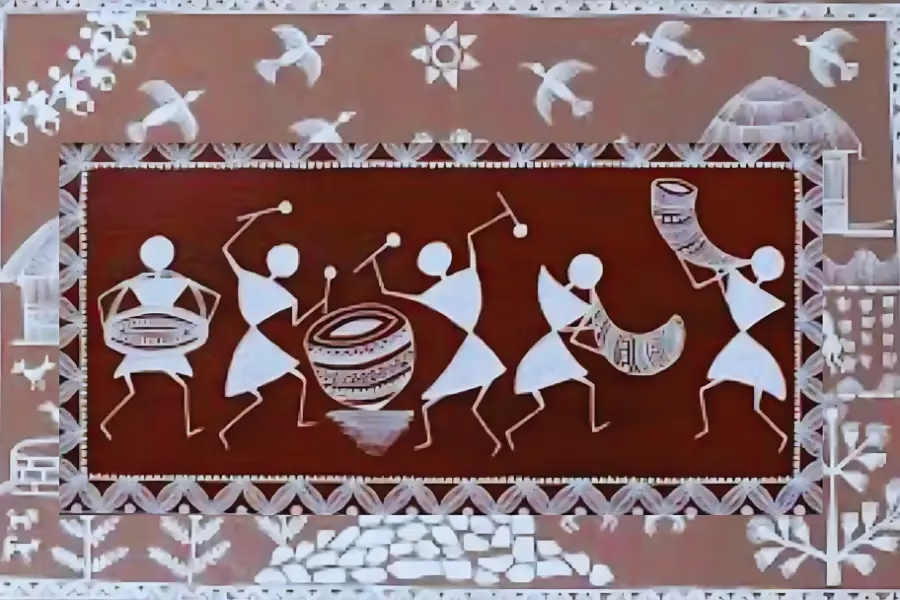
Warli Paintings – Maharashtra
Originating from the Warli tribe in Maharashtra, these iconic paintings are known for their simplicity. Created with white pigment on mud walls, Warli art depicts scenes of nature, daily life, and traditional dances using geometric patterns. Today, it has transcended its mural origins to adorn canvases, fashion, and home decor.
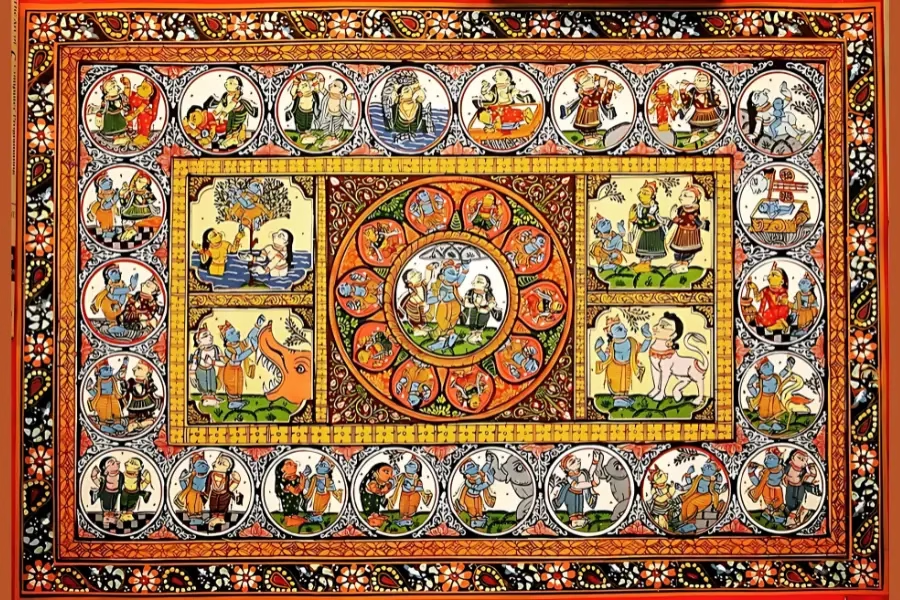
Pattachitra – Odisha and West Bengal
This ancient scroll painting tradition narrates mythological stories with intricate detail. Pattachitra artists use natural dyes to create vibrant and durable artworks on cloth. From depictions of deities like Krishna and Durga to whimsical folk tales, each piece is a testament to the legacy of storytelling through art.
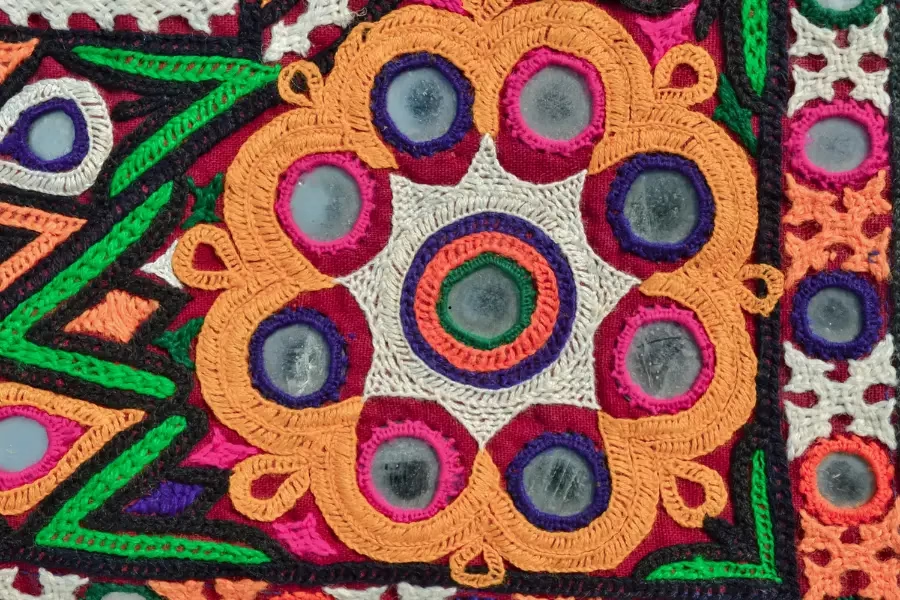
Kutchi Embroidery – Gujarat
Hailing from the Kutch region, this intricate embroidery transforms simple fabrics into masterpieces adorned with vivid colors, mirrors, and symmetrical patterns. Often passed down within families, Kutchi embroidery is a vivid expression of identity and creativity, showcased in clothing, accessories, and home textiles.
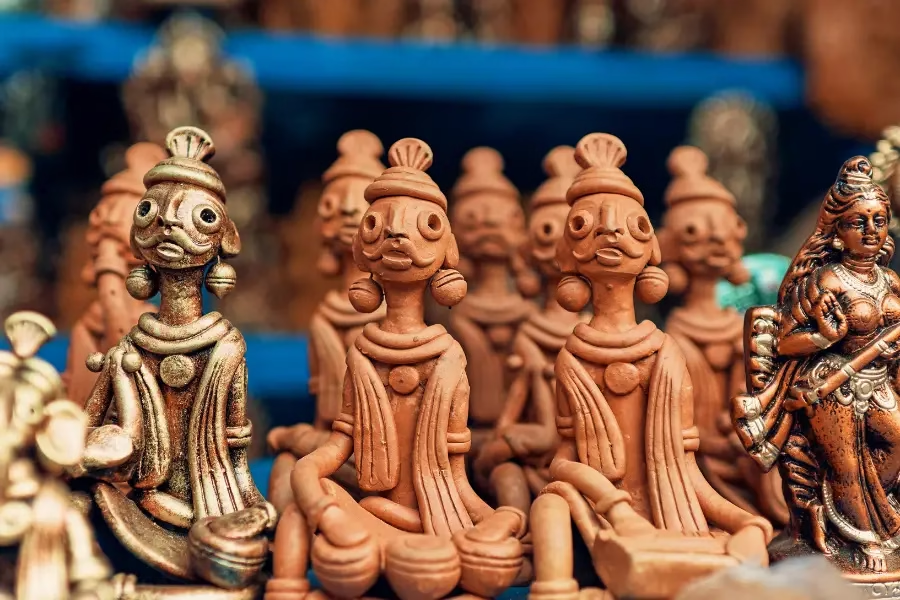
Terracotta Sculptures – West Bengal
The terracotta art of rural Bengal includes intricately designed temple panels and figurines made by skilled artisans. Crafted from locally sourced clay, these sculptures often feature themes from mythology and daily life, reflecting Bengal’s cultural heritage.
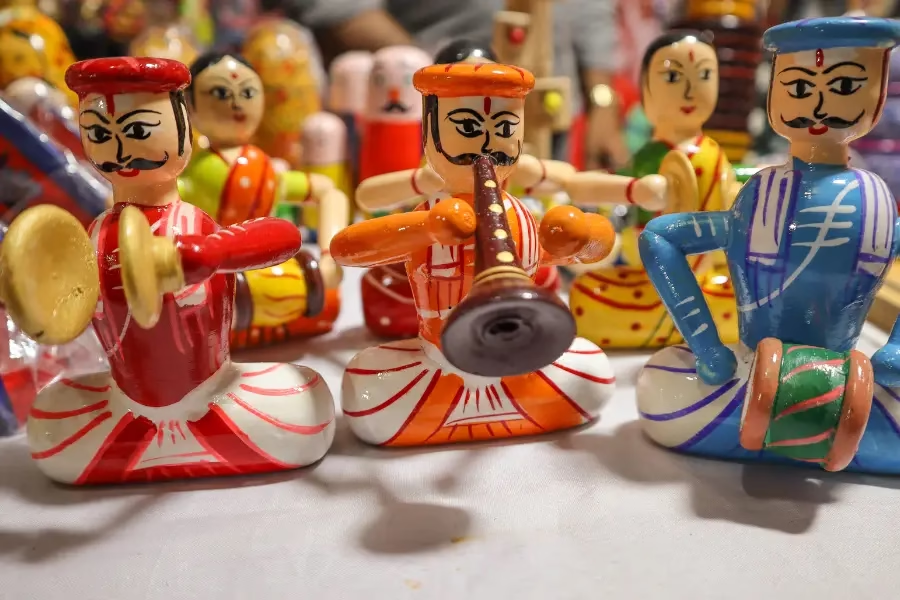
Channapatna Toys – Karnataka
Known as the “Land of Toys,” the small town of Channapatna in Karnataka produces colorful wooden toys lacquered with natural dyes. This eco-friendly craft has seen a revival as parents and collectors value its nostalgic charm and sustainable craftsmanship.
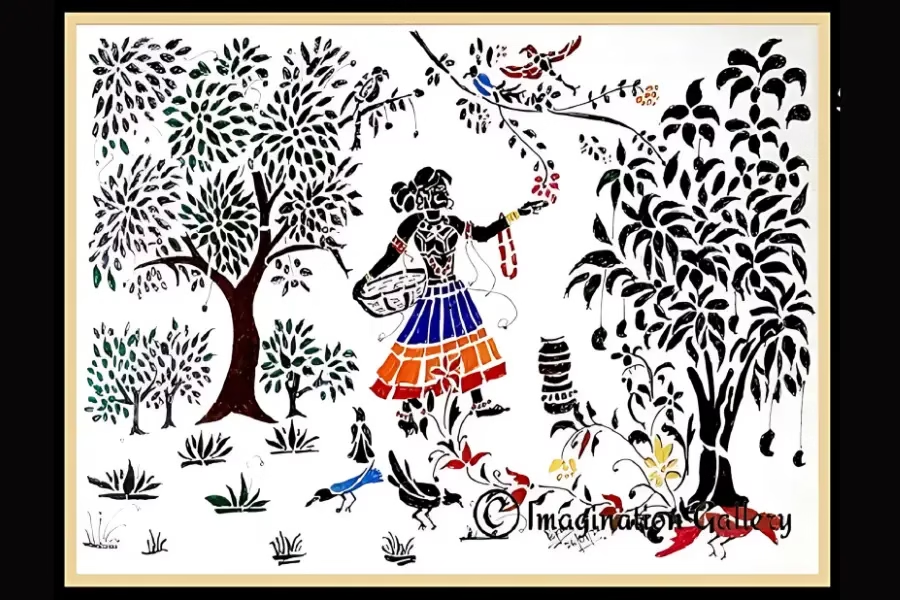
Sanjhi Art – Uttar Pradesh
This delicate paper-cutting technique uses intricate stencils to depict scenes from Hindu mythology. Initially developed as a temple decoration, Sanjhi art is a mesmerizing example of precision and patience, preserving its spiritual roots.
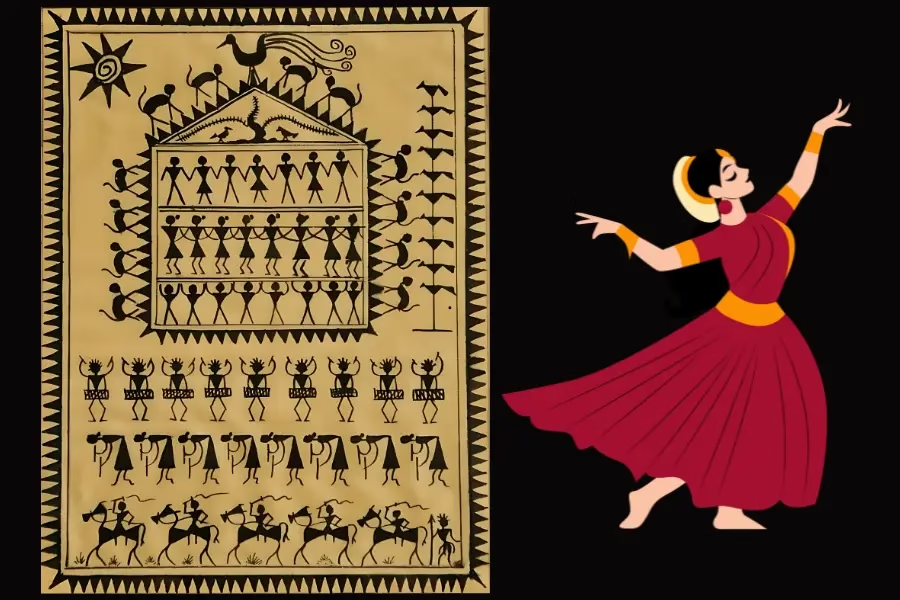
Saura Art – Odisha
Created by the Saura tribe, these murals bear a resemblance to Warli art but are more detailed. They use geometric patterns and symbols to represent nature, rituals, and community life, offering a fascinating glimpse into the tribe’s spiritual and cultural world.
People also like to read about Muslim Dharm Kitna Purana Hai | इस्लाम धर्म का इतिहास.
Meet the Artisans Behind the Masterpieces
Traditional Indian art forms owe their survival to the artisans who dedicate their lives to preserving these treasures. These craftsmen and women are not merely creators—they are custodians of India’s cultural heritage, passing their skills down through generations and adapting to changing times.
For instance, the Warli tribe of Maharashtra has gained global recognition by reimagining their art for contemporary platforms, ensuring its continuity and relevance. Similarly, Pattachitra artists from Odisha have showcased their intricate scroll paintings at international exhibitions, earning admiration and support worldwide.
Yet, life as an artisan is fraught with challenges. Many face a lack of resources, dwindling demand for handmade crafts, and competition from mass-produced goods. Despite these obstacles, their passion for their craft remains unwavering. Supporting these artisans is about more than preserving art—it’s about empowering communities, safeguarding traditions, and providing them with the dignity and livelihoods they deserve.
Why Preserving Heritage is a Collective Responsibility
“Traditional art forms are not just a part of our heritage; they are living expressions of our identities and must be nurtured,” explains Dr. Anupama Rao, a cultural anthropologist. These art forms serve as bridges to the past, encapsulating the history, culture, and traditions of communities. Without active preservation, we risk losing not just artistic practices, but the stories and values they carry.
Various efforts are already making a difference. Initiatives such as workshops, fair trade cooperatives, and online marketplaces have empowered artisans to connect with broader audiences and sustain their livelihoods. Innovation also plays a vital role—integrating traditional designs into contemporary products, such as jewelry, home decor, and fashion, has sparked renewed interest and relevance.
However, the road ahead requires collective action. Greater public awareness, consistent financial support, and policies that protect and promote these crafts are essential for creating long-term impact. Preserving heritage is not merely about saving art forms—it is about safeguarding the soul of communities and ensuring that future generations inherit a rich cultural legacy.
Also Read: How to Know Caste by Surname: An In-Depth Guide.
How to Experience Traditional Indian Art
Immerse yourself in the world of traditional Indian art by exploring these hands-on ways to engage with these timeless crafts:
1. Visit the Source
Traveling to the origins of these art forms offers an authentic glimpse into their creation and significance.
- Warli Region, Maharashtra: Witness tribal murals being painted in the villages near Mumbai. The Warli art workshops here provide a chance to learn directly from the artisans.
- Raghurajpur, Odisha: This heritage crafts village is renowned for its Pattachitra painters. Visitors can observe their intricate process and even purchase original pieces.
- Kutch, Gujarat: Explore vibrant workshops showcasing Kutchi embroidery. The region also offers insights into the lives of artisans who have preserved this tradition for generations.
Learn more about artisan villages in India through Incredible India.
2. Attend Cultural Festivals
India hosts numerous fairs and festivals dedicated to celebrating indigenous crafts and traditions:
- Surajkund Mela, Haryana: Asia’s largest crafts fair brings together artisans from across India, offering workshops and live demonstrations.
- Jaipur Literature Festival, Rajasthan: This global literary event often features craft bazaars and cultural performances.
- Kala Ghoda Arts Festival, Mumbai: A hub for visual arts, this festival includes exhibits of traditional Indian crafts.
Stay updated on upcoming events at IndiaCrafts.
3. Buy Directly from Artisans
Support artisans by purchasing their creations instead of mass-produced replicas. Look for fair trade platforms that ensure ethical sourcing:
- Dastkari Haat Samiti: A cooperative promoting handmade products by rural artisans (Dastkari Haat).
- Crafts Council of India: A platform that champions traditional crafts and their makers (Crafts Council).
4. Participate in Workshops
Many rural communities and cultural organizations offer hands-on workshops where you can learn traditional art techniques directly from artisans. These experiences not only teach the craft but also provide deeper cultural insights.
- Indira Gandhi National Centre for the Arts (IGNCA): Regularly hosts workshops on traditional arts (IGNCA Workshops).
- Batik and Warli Art Classes: Look for workshops in Mumbai and Delhi conducted by cultural organizations like Kala Sanskruti.
By actively engaging in these experiences, you not only appreciate the beauty of traditional Indian art but also contribute to its preservation and the livelihoods of the artisans who create it.workshops where visitors can learn crafts like Madhubani painting or Channapatna toy making.
Becoming an Ambassador of Indian Culture
India’s traditional art forms are more than exquisite creations—they are living narratives that weave together the nation’s identity and history. By learning about these crafts, supporting artisans, and sharing their stories, you contribute to preserving an irreplaceable part of human heritage.
Dr. Ravi Kumar, a historian of Indian art, encapsulates their significance: “The economic and social value of traditional arts goes beyond mere aesthetics, providing a sense of identity and place for communities.”
Are you ready to embark on this vibrant cultural journey? Here’s how you can make a difference:
- Share this article to spark conversations about preserving Indian heritage.
- Support local artisans by purchasing their work or promoting fair trade platforms.
- Dive deeper into cultural exploration by visiting craft villages or attending workshops.
Become more than an admirer—become a patron of the arts, a storyteller of tradition, and a guardian of history. Together, we can ensure that these timeless crafts continue to thrive and inspire for generations to come.
